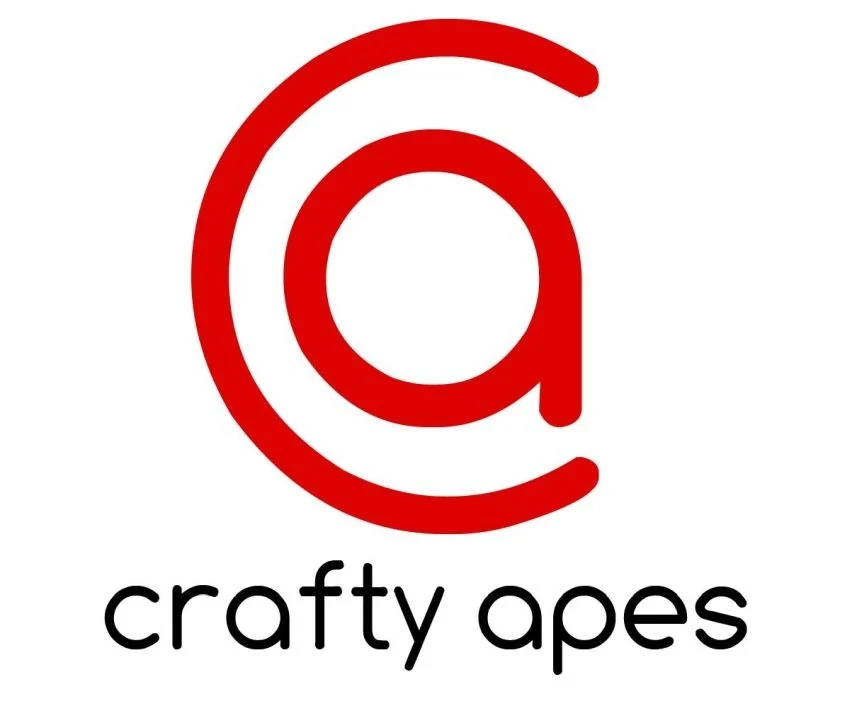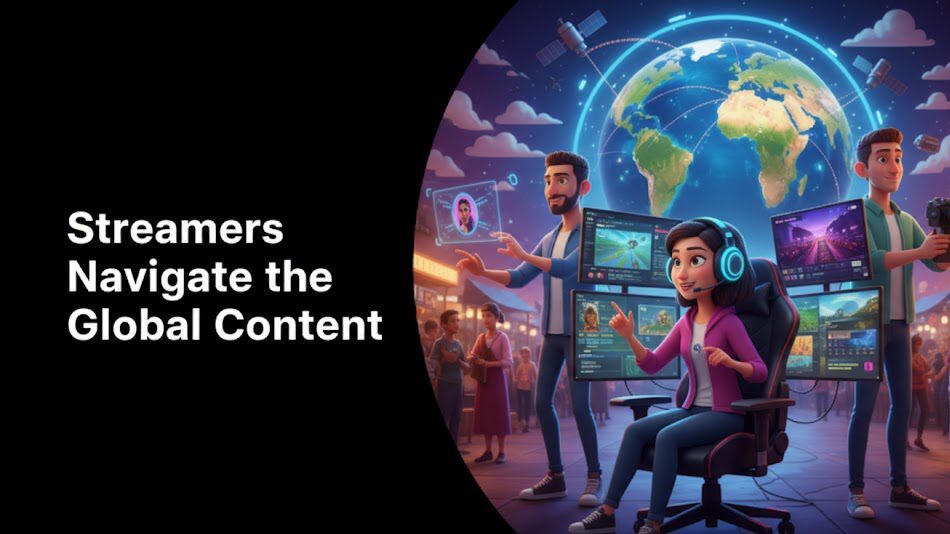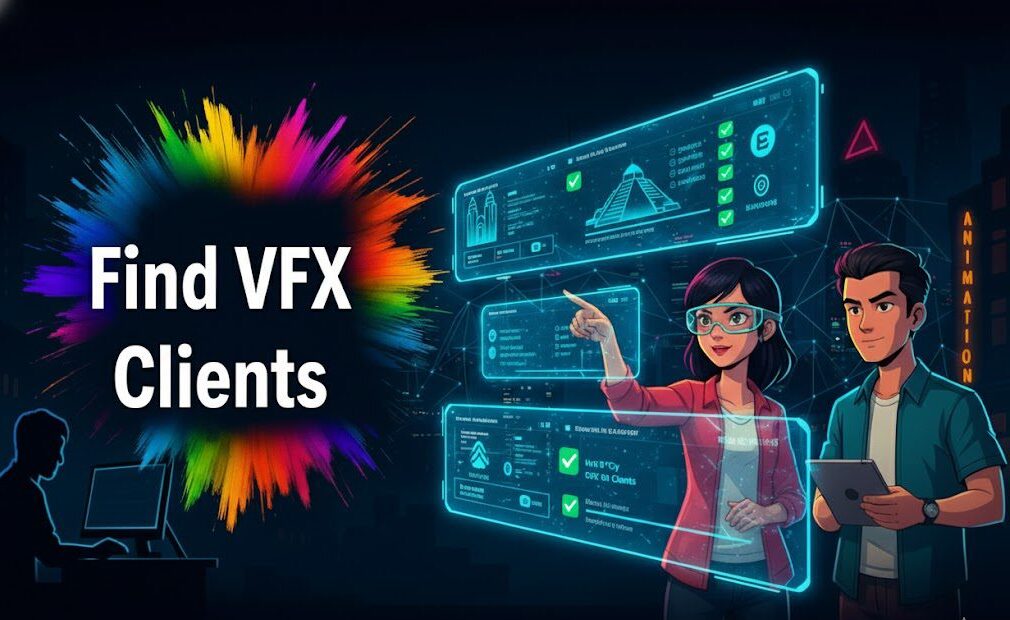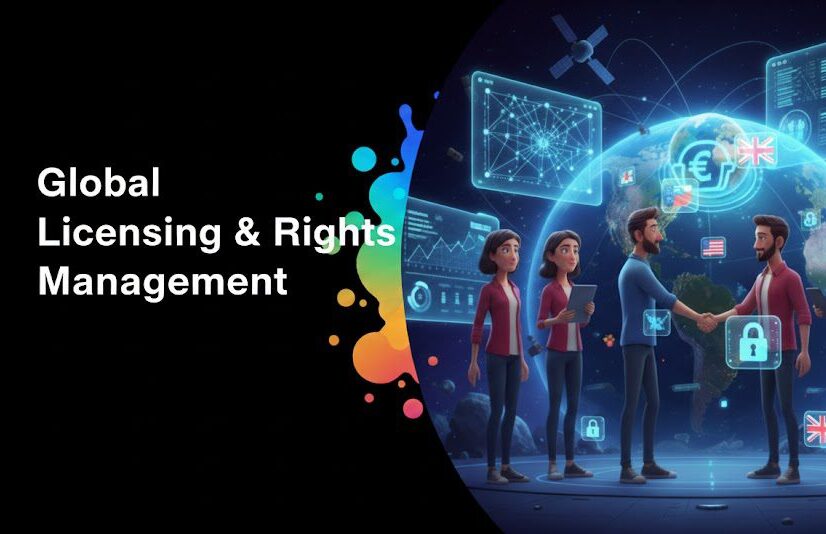Introduction
Let’s be honest. The world of film rights negotiation can feel like a high-stakes poker game. Whether you’re a sales agent trying to get the best value for your filmmaker or an acquisitions executive hunting for the next breakout hit, one wrong move can cost you millions.
I’ve seen it happen time and time again. A poorly structured deal can leave money on the table, or worse, tie up a great film in a web of complicated clauses.
But it doesn’t have to be that way. The difference between a good deal and a great deal often comes down to preparation, strategy, and knowing which levers to pull. Forget the complex legal jargon for a moment. At its core, negotiation is about understanding value and communicating it effectively.
In this post, I’m going to walk you through a practical, step-by-step guide to mastering film rights negotiation, whether you’re buying or selling.
Table of content
- Introduction
- Key-Takeaways
- Step 1: Understand the Core Asset: What Rights Are on the Table?
- Step 2: The Seller’s Playbook: How to Maximize Your IP’s Value
- Step 3: The Buyer’s Strategy: How to Secure the Right Content
- Step 4: Navigating the Key Deal Terms Like a Pro
- Step 5: Avoiding Common Pitfalls That Can Kill a Deal
- Conclusion
- FAQs
Key Takeaways
| Key Takeaways: Film Rights Negotiation | |
|---|---|
| For Sellers (Sales Agents) | Create a bulletproof pitch package, understand your IP’s true value, and negotiate terms that protect your long-term interests and revenue streams. |
| For Buyers (Acquisitions Execs) | Conduct rigorous due diligence, structure smart offers with balanced risk (MGs vs. backend), and ensure the chain of title is clean to avoid future liabilities. |
| Key Deal Points | Master the core terms: Term (duration), Territory (regions), Scope (theatrical, SVOD, etc.), and the financial structure (advance, royalties, profit participation). |
| Core Principle | Successful negotiation isn’t about winning; it’s about creating a mutually profitable partnership that gets a film to the widest possible audience. |
Is your next big hit hiding in plain sight?

Step 1: Understand the Core Asset: What Rights Are on the Table?
Before you even think about talking numbers, both sides need crystal-clear clarity on what’s actually for sale. It’s not just “the film.” It’s a specific bundle of rights, and each one has its own value. Getting this wrong is the fastest way to a bad deal.
A Checklist of Key Film Rights
Think of rights as items on a menu you can pick and choose from. The more exclusive the rights, the higher the price. Here’s a quick rundown:
- Theatrical Rights: The right to exhibit the film in movie theaters. The crown jewel for many feature films.
- Video-on-Demand (VOD) Rights: This is a big one. It breaks down further:
- TVOD (Transactional VOD): Platforms like Apple TV or Amazon Prime Video where users rent or buy.
- SVOD (Subscription VOD): The all-you-can-eat model of Netflix, Hulu, etc. This is often the most lucrative right.
- AVOD (Advertising-based VOD): Free-to-watch platforms supported by ads, like Tubi or Pluto TV.
- Pay TV & Basic Cable Rights: The traditional television window, covering channels like HBO (Pay TV) or TBS (Basic Cable).
- Free TV Rights: Broadcast television, like ABC, NBC, or CBS.
- Ancillary Rights: Don’t forget these! They include airline rights, soundtrack rights, and merchandise rights. They can add up.
Differentiating Between Option and Purchase Agreements
This is crucial. Are you dating or getting married?
An Option Agreement is like dating. A buyer pays a smaller fee to exclusively “hold” the rights for a specific period (e.g., 12-18 months). They use this time to develop the project or secure financing. A Purchase Agreement is the marriage.
It’s the outright sale of the rights. As a seller, you want the option fee to be as high as possible. As a buyer, you want to pay just enough to take it off the market while you test the waters.
Step 2: The Seller’s Playbook: How to Maximize Your IP’s Value
Alright, sales agents, this is for you. Your job is to make your film irresistible. You’re not just selling a movie; you’re selling an opportunity. Your success hinges on preparation.
Your goal is to build demand. The more buyers you have at the table, the more leverage you have. It’s that simple. But to get them to the table, you need a flawless presentation of your asset.
Preparing Your Pitch Package
Don’t show up to a meeting with just a screener link. You need a professional package that answers a buyer’s questions before they even ask them. This includes:
- A compelling synopsis and logline.
- High-quality marketing materials: Poster, key art, and a trailer.
- Cast and crew bios: Highlight any notable talent or past successes.
- Chain of Title documentation: Proof that you have the undisputed right to sell the film. This is non-negotiable.
- Data: If the film has played at festivals, include any awards, positive reviews, or audience metrics. Data builds confidence.
Step 3: The Buyer’s Strategy: How to Secure the Right Content
Acquisitions executives, your challenge is different. You have a mandate and a budget. You need to find content that fits your platform’s brand and audience, and you need to acquire it without overpaying.
Conducting Due Diligence Like a Pro
Falling in love with a film is easy. Making a smart business decision is hard. Due diligence is your safety net. Before you make an offer, you must:
- Verify the Chain of Title: I’m mentioning it again because it’s that important. Work with legal to ensure there are no hidden claims or liens on the property.
- Analyze Performance Comps: How have similar films performed? Look at box office numbers, streaming data, and audience scores for comparable titles. This helps justify your offer.
- Assess Technical Specs: Does the film meet your platform’s delivery requirements? (4K, audio specs, etc.). Fixing this later costs money.
Structuring the Offer
Your offer should align with the film’s perceived value and your company’s risk tolerance.
The most common structure involves a Minimum Guarantee (MG). This is an advance paid to the seller, recoupable against future earnings. A higher MG means more risk for you, the buyer.
A lower MG, perhaps with a greater share of the backend (profit participation), can be a good way to share the risk and reward with the seller.
Ready to stop guessing and start closing?

Step 4: Navigating the Key Deal Terms Like a Pro
The devil is in the details. A successful film rights negotiation comes down to mastering the key clauses in the agreement. This is where deals are truly made or broken.
| Deal Term | What it Means for Sellers | What it Means for Buyers |
|---|---|---|
| Term (Duration) | Keep it as short as possible. A 5-7 year term is better than 10-15. This lets you re-sell the rights sooner. | Lock it in for as long as possible. The longer you have the rights, the more value you can extract over time. |
| Territory (Region) | Try to sell territory by territory. A deal for North America is separate from a deal for Europe. It creates more opportunities. | Aim for “Worldwide” or “All Rights” if possible. It simplifies marketing and distribution and maximizes your audience reach. |
| Financials (MG/Backend) | Push for a higher MG. It’s guaranteed money. Ensure backend definitions are clear and favorable. | Keep the MG reasonable to manage risk. Offer a fair backend percentage to incentivize the seller as a partner. |
Step 5: Avoiding Common Pitfalls That Can Kill a Deal
I’ve seen promising deals fall apart at the last minute because of avoidable mistakes. Here’s how to sidestep them.
For Sellers: Don’t Get Emotional
You’re attached to your film. I get it. But negotiation is a business transaction. Don’t let ego or emotion cloud your judgment. A “good” deal that closes is better than a “perfect” deal that never happens. Be prepared to compromise on some points to win on the ones that matter most.
For Buyers: Don’t Be a Black Box
Sellers are terrified of creative accounting and confusing reports. If you want to build trust, be transparent. Provide clear, timely, and easy-to-understand royalty statements. Building a reputation as a fair and transparent partner will bring you better deals in the long run.
How Vitrina Powers Smarter Negotiations
In today’s global market, you can’t rely on gut feelings alone.
This is where having the right data becomes your ultimate advantage. A platform like Vitrina changes the game by providing a transparent, data-driven marketplace for content licensing.
For sellers, it opens up a global network of buyers you might never have found otherwise. For buyers, our Project Tracker and comprehensive database help you identify available IP, analyze company slates, and connect with sellers, all in one place. It streamlines discovery and due diligence, allowing you to focus on what really matters: structuring a great deal.
Conclusion
Mastering film rights negotiation isn’t about memorizing legal clauses; it’s about mastering a strategic process. It’s about understanding your asset, knowing your counterpart’s needs, and focusing on the key terms that create real value.
For sellers, it’s about preparation and creating demand. For buyers, it’s about diligent research and structuring smart, risk-balanced offers.
By following these steps, you can move from a position of uncertainty to one of confidence. You can stop feeling like you’re gambling and start architecting deals that benefit everyone involved and, most importantly, help great films find their audience.
What’s the first strategy you’re going to try? Let me know in the comments.
Ready to supercharge your deal-making with the industry’s leading data platform? Stop guessing and start knowing. Find your next partner or your next hit film on our global marketplace. Sign up for Vitrina today!
Frequently Asked Questions
There’s no single standard, but fees typically range from 15% to 40%. The fee depends on the distributor’s scale, the territories covered, and the rights being exploited. A major studio taking worldwide rights might have a different fee structure than a boutique distributor handling only North American VOD.
It is the single most important element. A “clean” chain of title is the complete history of ownership for a piece of intellectual property. Without it, a buyer has no legal assurance that the seller actually has the right to sell the film. Any issues here will kill a deal instantly.
Functionally, they are very similar and the terms are often used interchangeably. Both are upfront payments made to the seller. The MG is recoupable from the film’s future revenues. It’s the “guaranteed” portion of the deal for the seller, regardless of how the film performs.
Traditionally, this happens through industry connections, markets (like Cannes or AFM), and agents. Today, platforms like Vitrina are revolutionizing this process by creating a global, searchable marketplace for buyers and sellers to connect directly, backed by data.





































